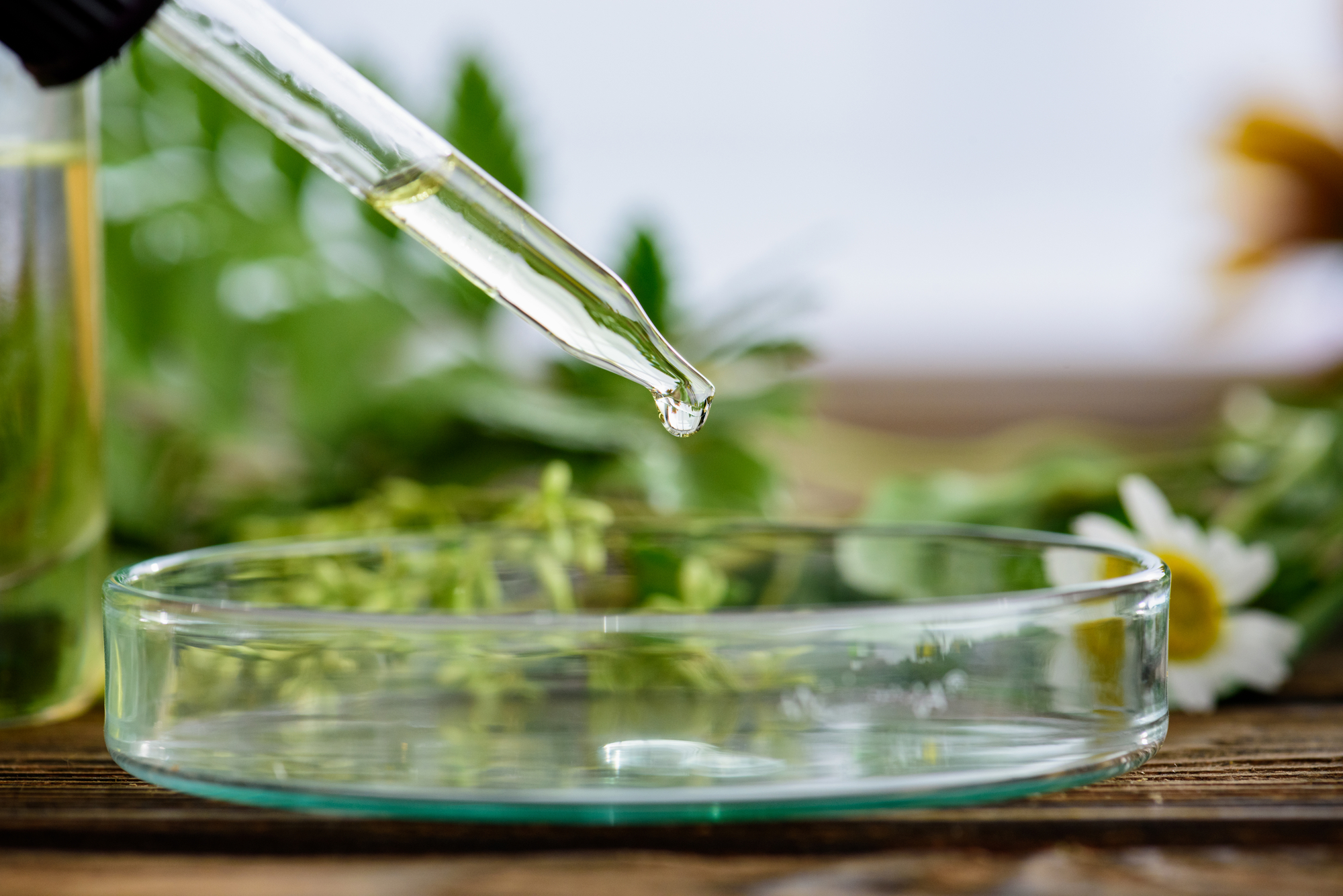Urinary System Diseases

 Urinary Tract Infection (UTI)
Urinary Tract Infection (UTI)
The urinary system removes waste and excess water from the body. This includes two kidneys, two ureters, a bladder, and a urethra. Urinary tract infections (UTIs) are the second most common type of infection in the body and if you have ever had one, you will agree it is painful. Symptoms are usually the telltale sign that you may have an infection:
- Pain or a burning sensation when you urinate
- Fever, tiredness, or shakiness
- Urgency or the feeling you need to urinate often
- Pressure in your lower abdomen
- Cloudy urine that smells bad (sometimes blood is in the urine)
- Pain in your back on one side (just below your ribs)
UTI’s are more common in women than men since bacteria can easily enter the urethra. Some of the causes include sexual intercourse, improper hygiene, and menopause can lead to more UTIs. A person with diabetes is also at higher risk or if you have a spinal cord injury. It is important to see a doctor if you suspect you have an infection so you can get a urine test. Since this type of infection is caused by a bacteria (usually E.coli), treatment usually involves a round of antibiotics.
Typically, the body’s innate immune system is able to surround and overcome the bacteria preventing infection from spreading further up the bladder and into the kidneys, but on occasion when the immune system is weak, the germs can find their way up the urinary system and adhere to the lining of the ureter tubes or the bladder. It is recommended to use antibacterial oils to help the body fight the infection, Escherichia coli (E. coli). Bergamot and cypress are very helpful here.
 Urethritis
Urethritis
The urethra is the last part of the urine’s journey out of the body, in both male and female anatomies. In men, semen also passes down this tube. Here, a virus or bacteria inflames the urethra, most often it is the same E-Coli that causes cystitis, but it can also be gonorrhea, chlamydia, or the herpes virus, causing severe inflammation, swelling, and pain. This condition can also occur due to over-sensitivity to contraceptive chemicals and lubricants. If you have a bacterial infection, you will be given antibiotics.
Nocturia
Most often seen as a symptom of diabetes, this means getting up to go to the toilet many times throughout the night. A healthy body should be able to wait between 6-8 hours of undisturbed sleep since the body naturally decreases urine output as you sleep. This may be caused due to a physical illness such as the aforementioned diabetes or enlarged prostate, but for most, it can be resolved by reducing the number of stimulant drinks in the diet.
Enuresis
Enuresis is urinating involuntarily, such as bedwetting. It takes time for a child to learn bladder control as they sleep, and in some cases, the bladder can often produce more urine than it has the capacity to hold in little ones. For the most part, children typically outgrow this condition.
Nephrosis
Protein levels in the blood can go off-kilter and affect the kidneys in this group of disorders. With nephrosis, you may see protein present in urine, or protein levels being too low in the blood, or cholesterol levels skyrocket as do levels of triglyceride levels. You might occasionally see swelling, but nephrotic disorders are classified as being non-inflammatory. The syndrome arises because another condition has damaged the kidneys which then releases an excess of protein into the urine.

Nephrolith or Renal Calculi
Kidney stones are solid foreign bodies that form from various substances found in urine. This is another ouch-humungous condition. They can be as tiny as a grain of sand or the size of a pea (as was the case for William Shatner’s kidney stone that was auctioned on eBay). Usually, they find their own way out of the system without medical intervention, but in some cases, they linger longer than you want because it lodges itself in the tract and dams the flow of urine, which backs up causing excruciating pain.
Indicators of a kidney stone are EXTREME PAIN while urinating and blood in the urine. You may also experience stabbing pain in your back and side, vomiting, or a high fever.
 Kidney Cysts
Kidney Cysts
A cyst is a sac that fills up with fluid. There are two strains of kidney cysts. The first is Simple Cysts that can occur in anyone at any time. The second strain is called Autosomal dominant polycystic kidney disease (ADPKD or you may often see it labeled as simply PKD) which is a genetic condition that causes cysts. Strangely, the kidneys do not change in size or shape as you might imagine, rather the cysts take the place of normal nephritic tissues. Someone with PKD may have been born with some cysts and will not suffer until the cysts grow large enough to block urinary flow and cause kidney stones.
Again the symptoms are as one would expect: pain, blood in the urine, and recurrent UTIs and kidney stones. Sadly sufferers of PKD will go on to need dialysis, transplants, or possibly suffer kidney failure. Simple cysts can usually be treated with medication and could become more prevalent as someone ages.
Source: National Library of Medicine https://www.nlm.nih.gov/medlineplus/
The videos in this lesson were obtained from http://youtube.com and may be copyrighted material of which has not always been specifically authorized by the copyright owner. We are making such material available in an effort to advance the understanding of essential oils which we believe will enhance your studies and believe this constitutes a ‘fair use’ of any such copyrighted material as provided for in section 107 of the US Copyright Law.


You must be logged in to post a comment.